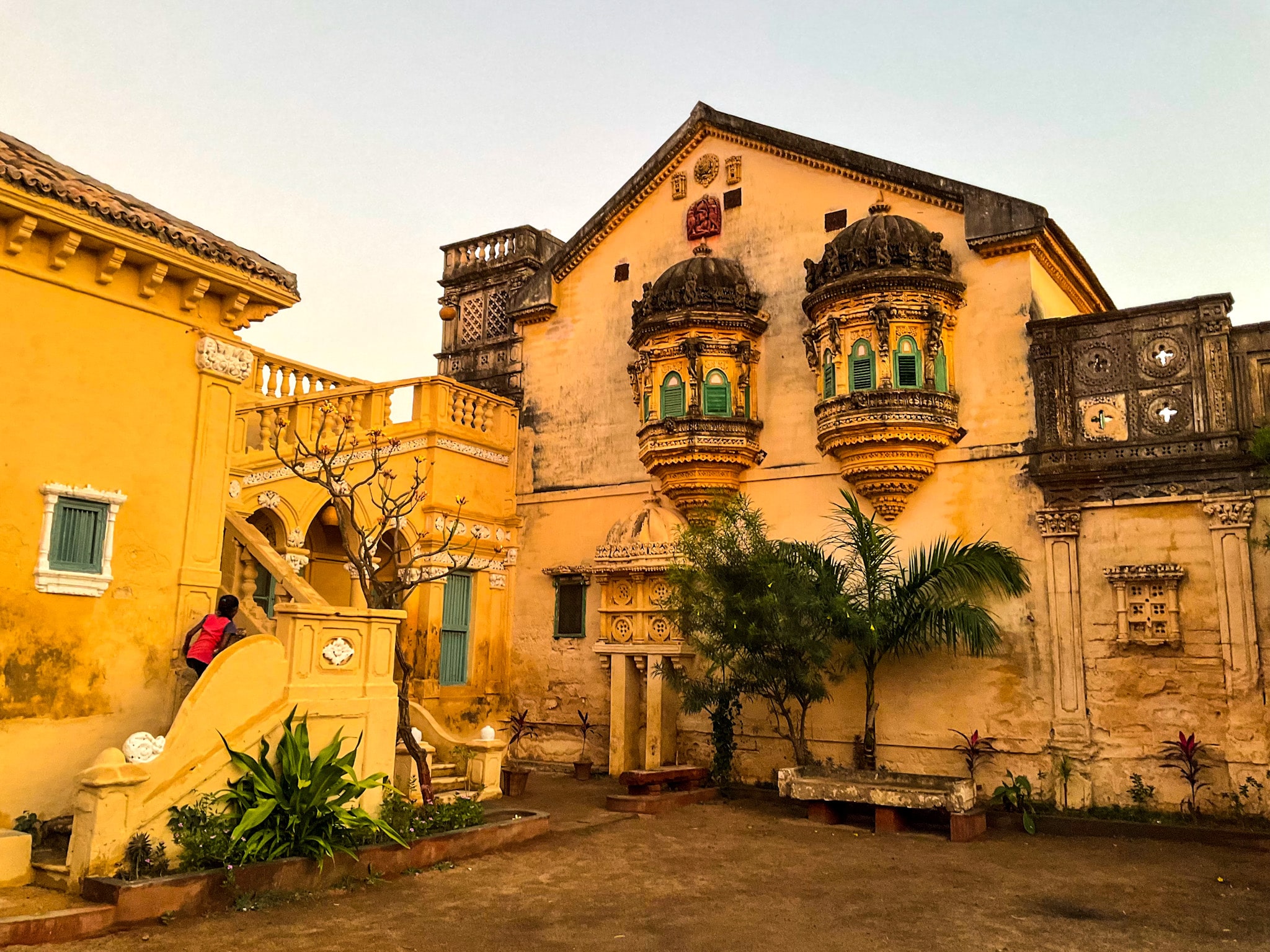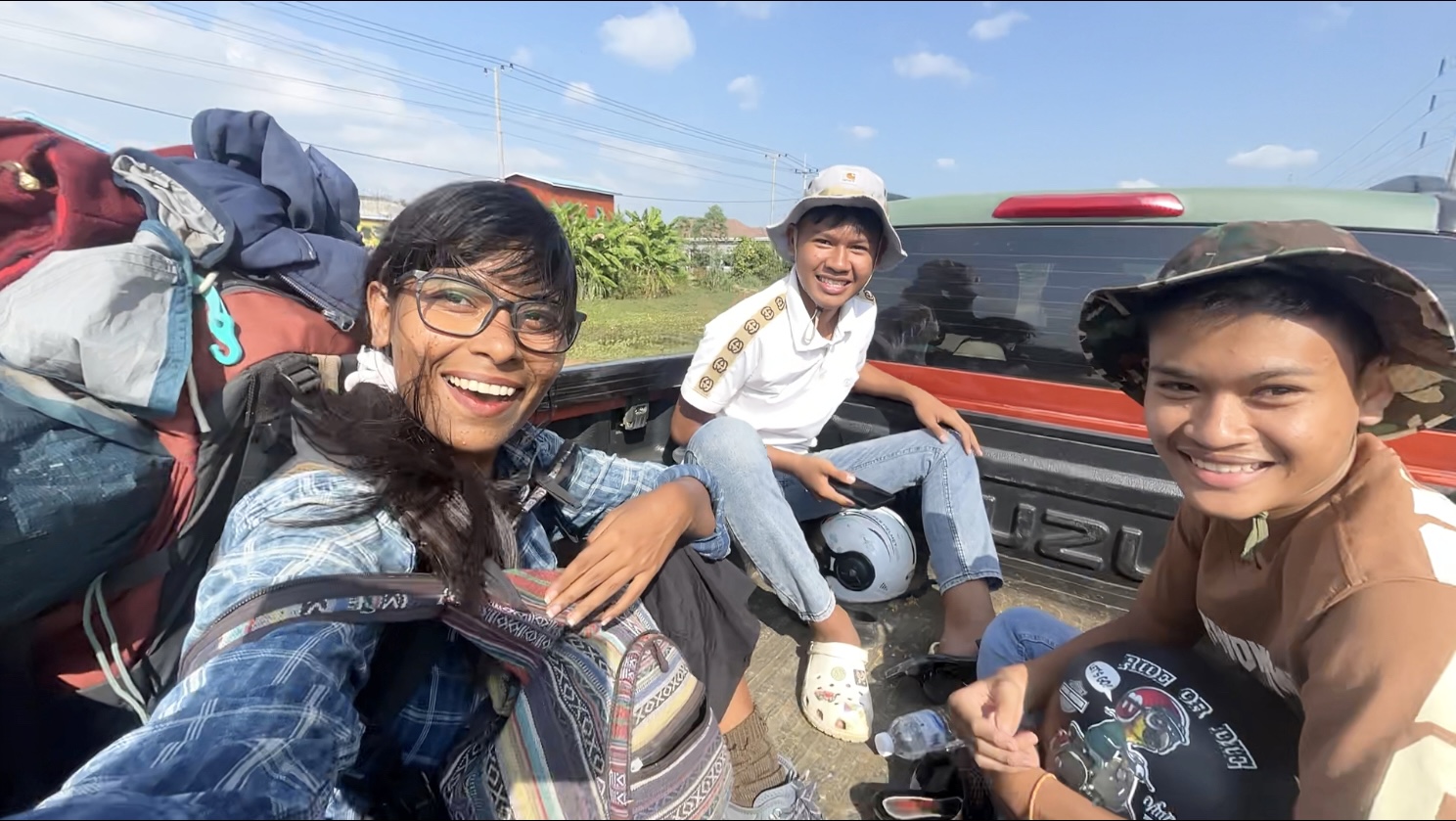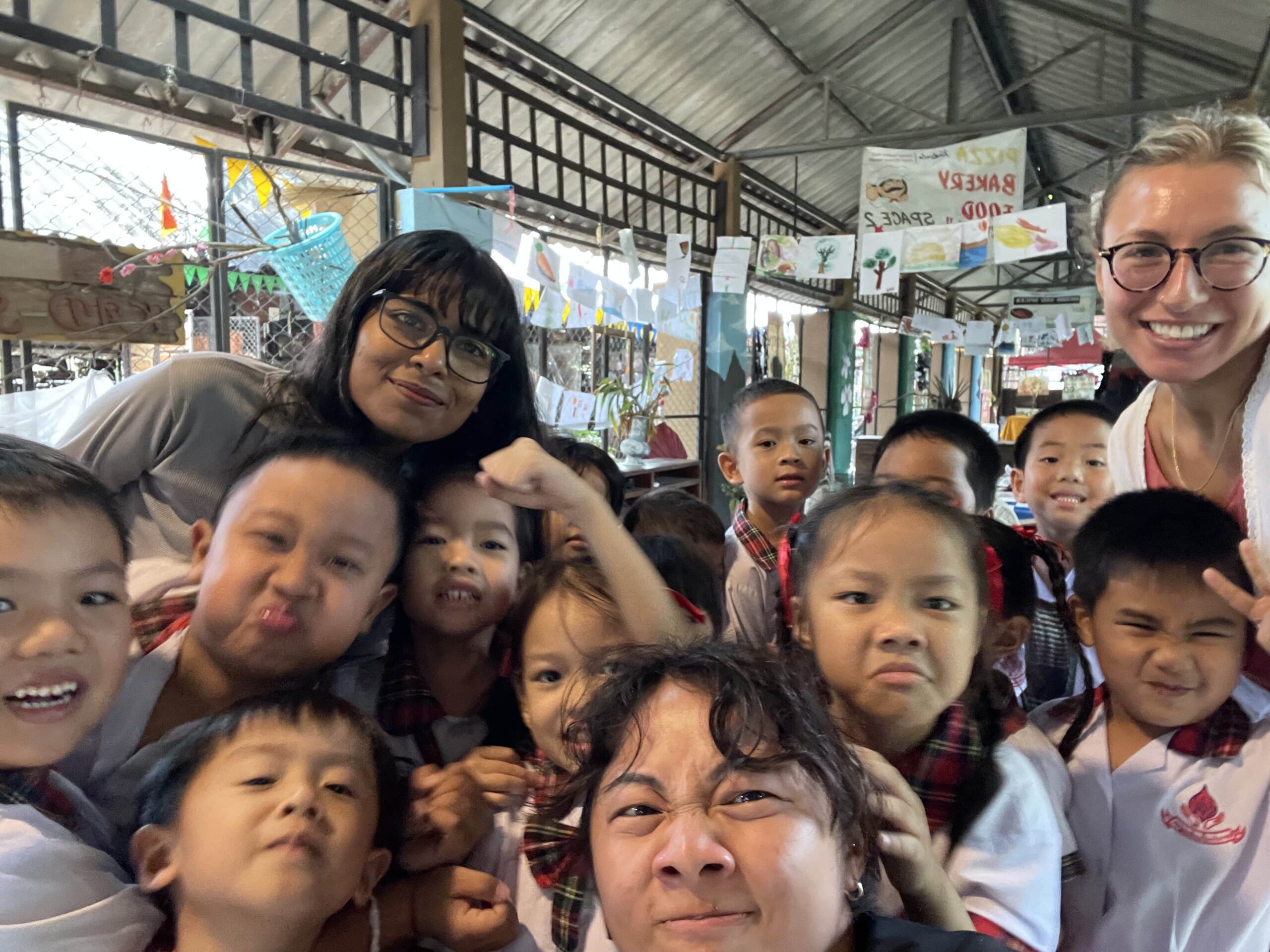The nights would quieten under the moon syncing parallelly with the basket of light hanging from the tree. The sky-blue table would come out of the vintage dining hall; the chairs, candles, crockery… Gujarati flavours in every bowl. Krutarthsinh’s 85-year-old mother would receive the guests with garlands, pointed teekas on the forehead, and the exalted ‘God bless you’. ‘My mother has always welcomed the guests. It’s our tradition. She says, we must pray and dine together.’
In an otherwise bleak Kutchi village, the sloped road bends to an arched gate stapled in iron nails. Once upon a time, the strategy was to avert the inclusive invasion of the elephants and enemies. Sitting on a mound, the small manor watches over time, over six generations for 120 years. The bowed branches of Bougainvillea engulf the Lal Bunglow, from a distance the jharokhas articulate the pieces of heritage fervour.
In 1905, Krutarthsinh’s great-great grandfather Thakore Sahib Verisalji Bawasaheb of Roha ideated the little fortification in the classically-ornamented Kutch-Roha style of architecture, in the likes of Pragmahal, the royal palace of Kutch. He used local sandstone, limestone, lime mortar, and wood. Three years went into its making, with porticos, courtyards, stucco pavilions, and pillared halls.
He built it for his younger son, Kumar Shri KaranSinhiji. Later, in the aftermath of the 1956 earthquake, Captain Thakore Shri Ranjitsinhji of Devpur reconditioned and added to the structure.
At that Time, There Was No Architect
‘We are descendants of Roha. Roha was the largest principality, the largest jagir of Kutch, with 52 villages in five talukas. We were given seven villages, and Devpur was the most important.’ Krutarthsinh M. Jadeja, the ever-smiling host and storyteller, is now taking care of the ancestral heritage.
As you enter Darbargarh through Krutarthsinh’s dinner-table stories, you see platforms for guards and gatekeepers in shredded pages. Nothing reigns in the old stables or its carriages anymore.
But how did Darbargarh become a homestay? ‘We were on a family holiday to Mandu (Madhya Pradesh) during Diwali 2007 and shared the dining table with a French couple in the MPTDC Tourist Bungalow. We assisted them, as their vehicle had a breakdown. Being avid birders, in December they visited and stayed with us in Kutch. Again, at the end of 2008, they mailed that they would like to stay with us, but only if we accepted something in return. I agreed and left an envelope on their desk and I was pleasantly surprised to find Rs. 12000 for their 4 days’ stay with us. Devpur Homestay was then conceived and we now enjoy hosting.’
Luxury & History in Heritage Tourism
Apart from a few rooms still inhabited by the Jadeja family, the vintage rooms are now rewriting new stories in old feathers, with its Mardana, Zenana, and today there’s a school operating on campus.
Three of these rooms have Swedish pine false ceilings painted with natural dyes.
‘Sorthamba is a room with 16 pillars and cross-vaulted arches. It was earlier used by the men of the family. It is in the Mardana section.’ Nitu Bharti, the wife of Krutarthsinh, shares the stature of these antiquated rooms.
The light-purple pillars arch in high-ceilinged roofs, masquerading a very Gothic architecture. Some of the chandeliers are from Belgium, some were made in the Ram Singh Malam style. He was a mid-18th-century craftsman commissioned to work in Kutch.
Next, the Zenana opens up to Zenana Dodi, the entrance to the women’s pasture. Veiled and suppressed in the ancient status quo of pardah, the female would witness the festivities of the courtyard from jharokhas, the stone windows on the wall-face of the buildings.
‘It will take you back to 1905. It is precious for us’. Nitu said.
The overhanging stone-enclosed balconies have green windows, as the overhang narrows down in intricate tiers. The inside of the room is decorated with Raja Ravi Varma’s Chromolithograph pictures and paintings created by family members. The same green adorns the door of pink-and-red flowers guarding the 150-year-old Dholias representing Kutchi lacquer work, Kachra bhai Mulchand’s bed linen, local Kutchi camel and goat wool durries.
The former arms sway on the wall, for they are only ceremonially needed for Dusshera.
‘It was earlier called Juna Mehdi. It has the colour pink, so it is now called Gulabi Mehdi. One of the only Mehdis left in all of Kutch. We restored this room after the 2001 earthquake. Right now if you see the room, it is as it is. We have not changed anything.’
‘We are possibly one of the lone survivors of the earthquake. There’s a record of at least 85 small and big palaces, forts, and Darbargarhs in Kutch, and we thankfully survived the earthquake.’ Krutarthsinh Ji added. In the earthquake of 2001, over one million structures were damaged, including several historic buildings of Kutch.
Krutarthsinh Ji believes that the guests and the community complement each other
‘My late father Mahipatsinhji lived a School Master’s life and after his last assignment as Principal of Hyderabad Public School, Begumpet, he had the opportunity to meet Shriji Arvind Singh Mewar with an assortment of Devpur pictures. Shriji offered every assistance should my father wish to embark upon hospitality. Instead, father decided to start the White Eagles School in our Darbargadh in 1994.’ Krutarthsinh Ji said. This was the first residential CBSE co-educational English medium school in Kutch.
The school is still functional. The elementary classes are held two furlongs away from Darbargarh, on a 12-acre organic Vijaya orchard sheltering almost 1000 Kesar mango trees.
They grow tomatoes, brinjal, gourds, okra, methi, choli falli, gavar falli, onion, coriander, mango, Chikoo, and coconuts. The self-grown vegetables go into the meal preparation for both the school and the homestay for two days a week. The rest comes from the village market.
‘In Kutch, the season of tourism is less than one-third of a year. Tourism has increased in the recent decade, although there was once a gap between the demand and supply, which the Tourism Department tried to bridge with seasonal camps near the Rann and at times in Mandvi. Unfortunately, the pricing is not fair.’ He explains, ‘Seeing the premium that a guest is paying several entrepreneurs near the Rann, in Bhuj, Mandvi, and Dholavira planned a large inventory of accommodations. In my opinion, and at this moment, small is better, feasible, and viable and homestay is the answer, not hotels and resorts.’
The Darbargarh of Devpur is now also listed as a member of the Indian National Trust for Art & Cultural Heritage (INTACH) for its architectural and historical importance.



